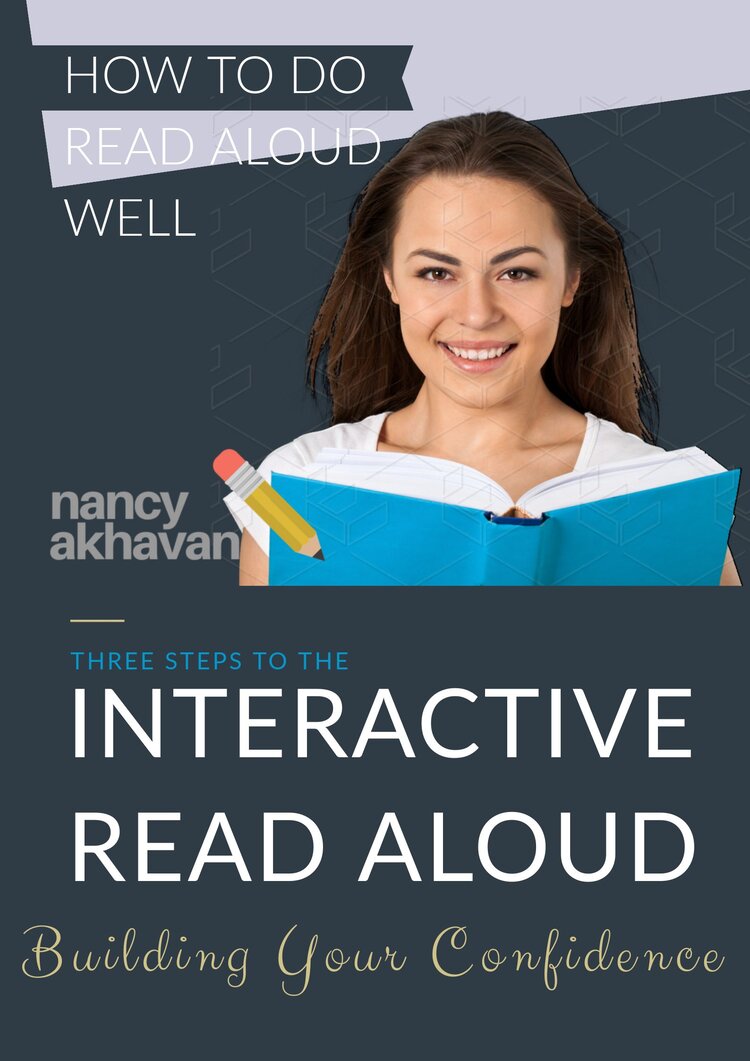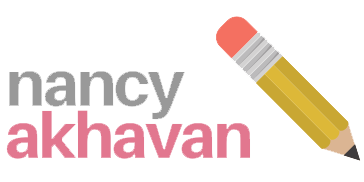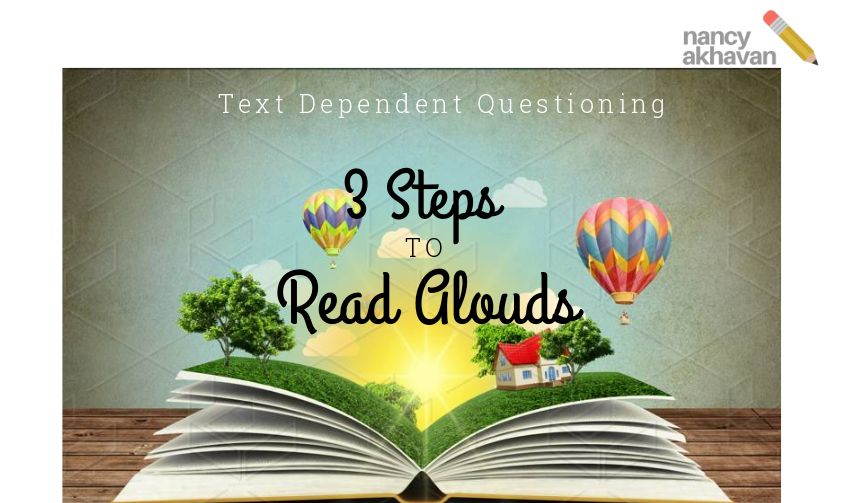Sometimes, I am asked to model an interactive read aloud. Teachers often ask me, “How do you know what to say during the read aloud to keep students engaged?” Deciding what to say starts with you deciding on a focus.
How to choose a focus? Well, I go to my state’s standards to decide on a starting point. But that doesn’t have to be your starting point, you could always consider reading comprehension strategies. When I turn to standards, I look at the reading comprehension standards to help me decide on a focus. For example, last week I was reading to 2nd graders and I chose, “INFERENCES STANDARD HERE” from the California Common Core State Standards document. You could choose a similar standard from your state standard documents. You don’t need to be a Common Core state in order to do this. What is most important is to focus on the expectations your state has outlined.
To begin, I planned on stopping points in the book to build literal understanding of the book because if students don’t know what the book is saying literally, it will be hard for them to practice higher order thinking skills like inferencing, predicting or synthesizing. Then I read the text, engaging students in conversation about the text with my preplanned questions. I focus on facilitating the discussion, and not answering my own questions. I want the students to answer the questions. Sometimes this requires me to give an example, or ask follow up questions.

You can follow three steps to plan interactive read-alouds.
First, you need to choose a text that provides you the opportunity to teach some aspect of reading and thinking. The text should reflect students’ social and emotional development and the content being learned. Using high quality literature is a model for students of what language can sound like, and how language can convey meaning in a beautiful manner. Using high quality informational text is a way of engaging students with meaningful topics with well written arguments and explanatory text.
Second, you need to have a clear purpose. You may choose a focus on foundational skills or comprehension strategies. Your focus can be on the enjoyment of listening to the text read aloud, but that approach is not an interactive read aloud. You need a focus that allows you to facilitate discussion around skills and strategies. Look at standards to choose a focus. Understanding what the foundational and comprehension skills are for the grade level you are teaching helps you determine a focus for your read aloud. Once you decide the focus, plan stopping points throughout the book to ask questions that engage students in thinking and discussion about your focus.
Third, read the text to the students and discuss the text with animation and thinking engagement. You want to make sure you are not “doing the doing” and answering your own questions, but asking thoughtful questions and giving wait time for students to answer. You may need to ask a follow up question, or provide an example to help rev-up your students thinking in order to discuss the book and your questions.
Interactive read alouds are a purposeful way to engage students with text and thinking. Through interactive read alouds students can own the cognitive load of the thinking while you read the text to them. Through interactive read alouds students can practice skills and strategies with you guiding them before they need to think deeply about text when reading on their own.

